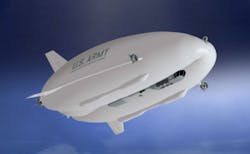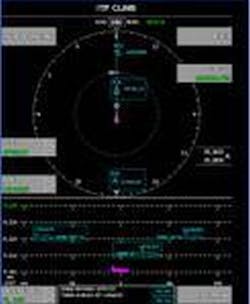BAE Systems to rewire world's oldest commissioned warship in major renovation of HMS Victory
BAE Systems ship specialists working on the tall ship are skilled with cutting-edge technology of modern warships, yet maintain their traditional wooden shipbuilding skills, BAE Systems officials say. BAE Systems engineers are dismantling the ship’s three tall masts, bowsprit, and rigging, and are preparing to rewire the ship, as well as repair and paint the historic vessel's hull.
The Victory will remain open to visitors from the public during its decade-long restoration. The Victory, like the few other surviving wooden tall warships, requires constant maintenance to keep deterioration in check. On the Victory, for example, studies have shown leaks and rot, and that the ship was being pulled apart by its own weight.
The restoration, funded by the Royal Navy, will remove 26 miles of rigging by a team of master shipwrights and specialists. Among the tasks that BAE Systems experts will perform is replacing the ships wiring. Originally the ship had no electricity, yet wiring has been installed in recent years to accommodate lighting and climate control to help preserve the vessel and to accommodate the ship's 350,000 visitors each year.
For more information contact BAE Systems online at www.baesystems.com, the Royal Navy at www.royalnavy.mod.uk, or the HMS Victory at www.hms-Victory.com.
Related stories
-- Navy on the verge of major shipboard electronics breakthroughs;

